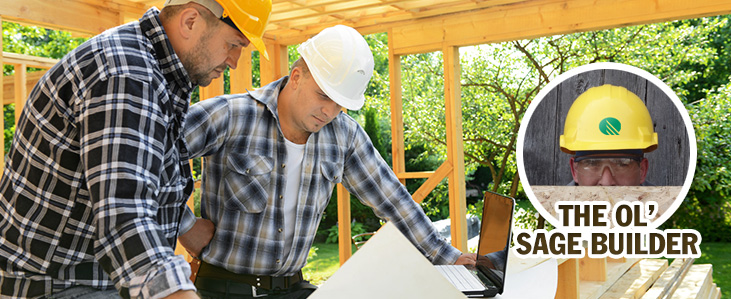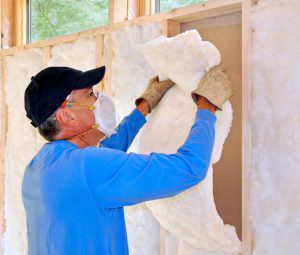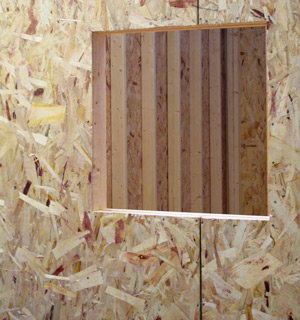

Energy efficiency: It is an often-used term and a concept that is quickly becoming a priority for businesses, consumers and governments worldwide. Recently, United States President Barack Obama declared October National Energy Awareness Month, stating, “If we are to advance energy and climate security, we must focus on energy efficiency, promote sustainable industries…and set effective and achievable standards for the generation and use of clean energy.” As energy efficiency continues to increase as a matter of importance, groups and individuals alike are examining ways in which they can make changes and “set effective and achievable standards”. For many, this change starts with the home.
A survey conducted by the National Association of Homebuilders found that nearly three-fourths of homeowners said that energy-efficient features would most influence their decision to purchase a home. Of the more than 2,300 survey respondents, 51 percent said they would pay $5,000 to $11,000 more upfront for a new house if they could save on their utility bills, while 16 percent said they would pay more than $11,000.
While most homeowners understand that installing compact fluorescent light bulbs or purchasing ENERGY STAR® rated appliances will decrease their monthly energy expenses, few recognize the impact that the building envelope has on a home’s overall energy efficiency. As the barrier between a home’s indoor and outdoor environments, the building envelope can significantly cut a home’s energy requirements. Reducing energy usage through the building envelope can be accomplished in several ways: increasing insulation; incorporating low-E windows; weather stripping; radiant barriers in hot climates and preventing air infiltration, to name a few.
Because air infiltration can lead to problems including water leaks, condensation, mold and damage to mechanical systems, it needs to be addressed outright. Research has shown that up to 35 percent of the heat loss in a home can be attributed to air infiltration. If a building envelope cannot withstand air infiltration, the effectiveness of additional energy efficient measures becomes futile. The first envelope component to focus on is the wall system.

According to the North American Insulation Manufacturer’s Association (NAIMA), “Most of the air that passes through the exterior wall assembly of a home does so by way of seams and interfaces between rigid framing and sheathing components….” However, there are wall panels that work to prevent air infiltration. Recently, a series of air infiltration tests were conducted for West Fraser by the National Association of Home Builders’ (NAHB) Research Center, Inc. Designed to compare the effect of sheathing with conventional 4’ x 8’ panels to West Fraser’s TallWall® OSB panels, the tests revealed that walls over eight feet tall built with TallWall show substantial reduction in air infiltration compared to walls sheathed with conventional 4’ x 8’ panels installed horizontally. In fact, in every test situation, TallWall panels consistently reduced air infiltration up to 60 percent compared with conventional panels using the same wall construction.
West Fraser’s innovative TallWall is manufactured in 9- and 10-foot lengths. Designed to cover walls from the plate to the floor joists, TallWall OSB wall sheathing not only reduces air infiltration, but it can help lower labor costs, reduce waste, requires no blocking or filler strips, eliminates horizontal joints and increases wall strength by up to 38 percent when panels overlap the joist area.
As people look to purchase a new home, or retrofit their existing home, before buying ENERGY STAR rated appliances, compact fluorescent light bulbs or new HVAC systems, they should carefully examine their home’s building envelope. By preventing air infiltration throughout the building envelope, homes are stronger and more energy efficient homes. This is a key step toward advancing energy security and one that we can all take.
